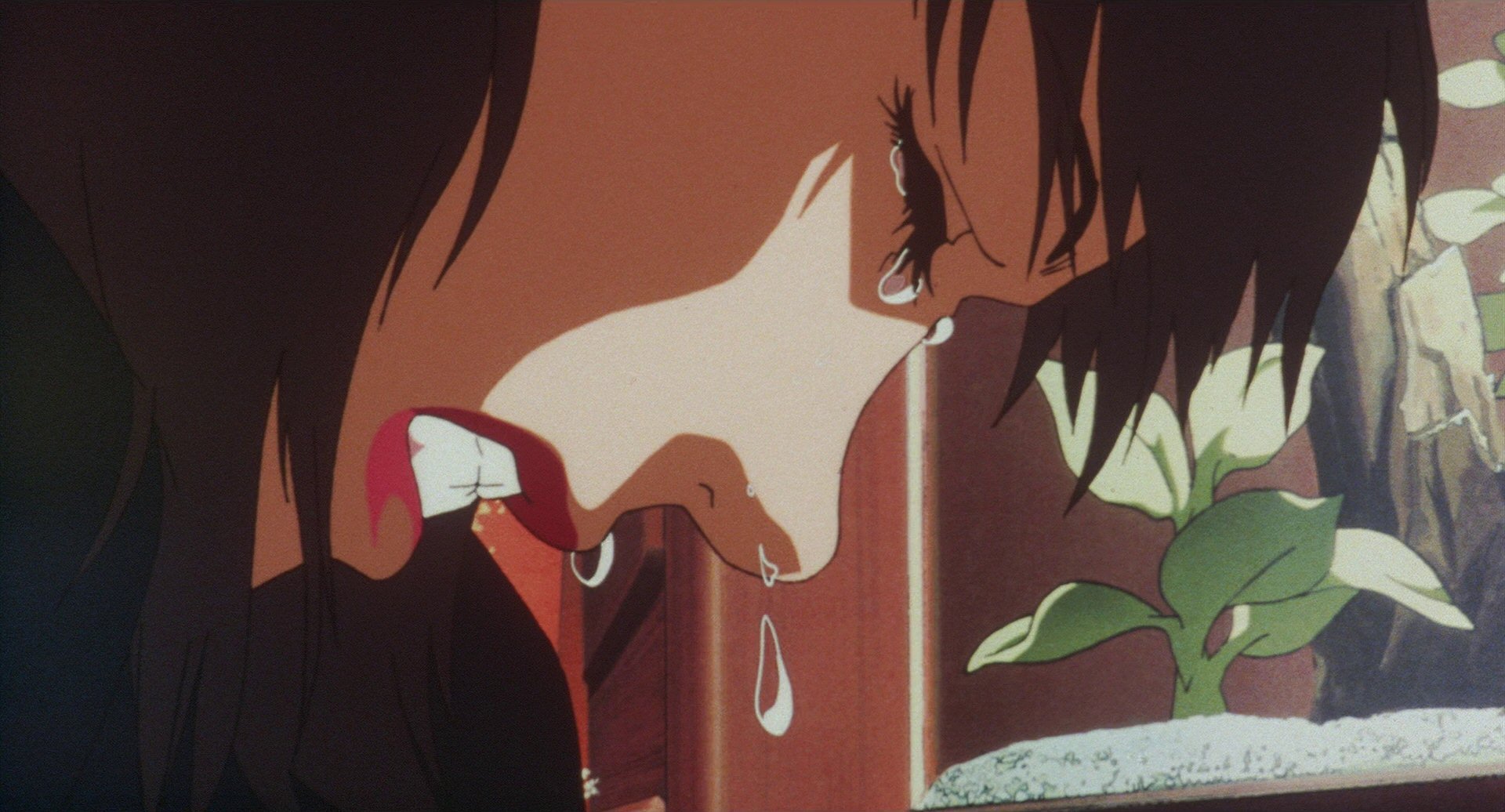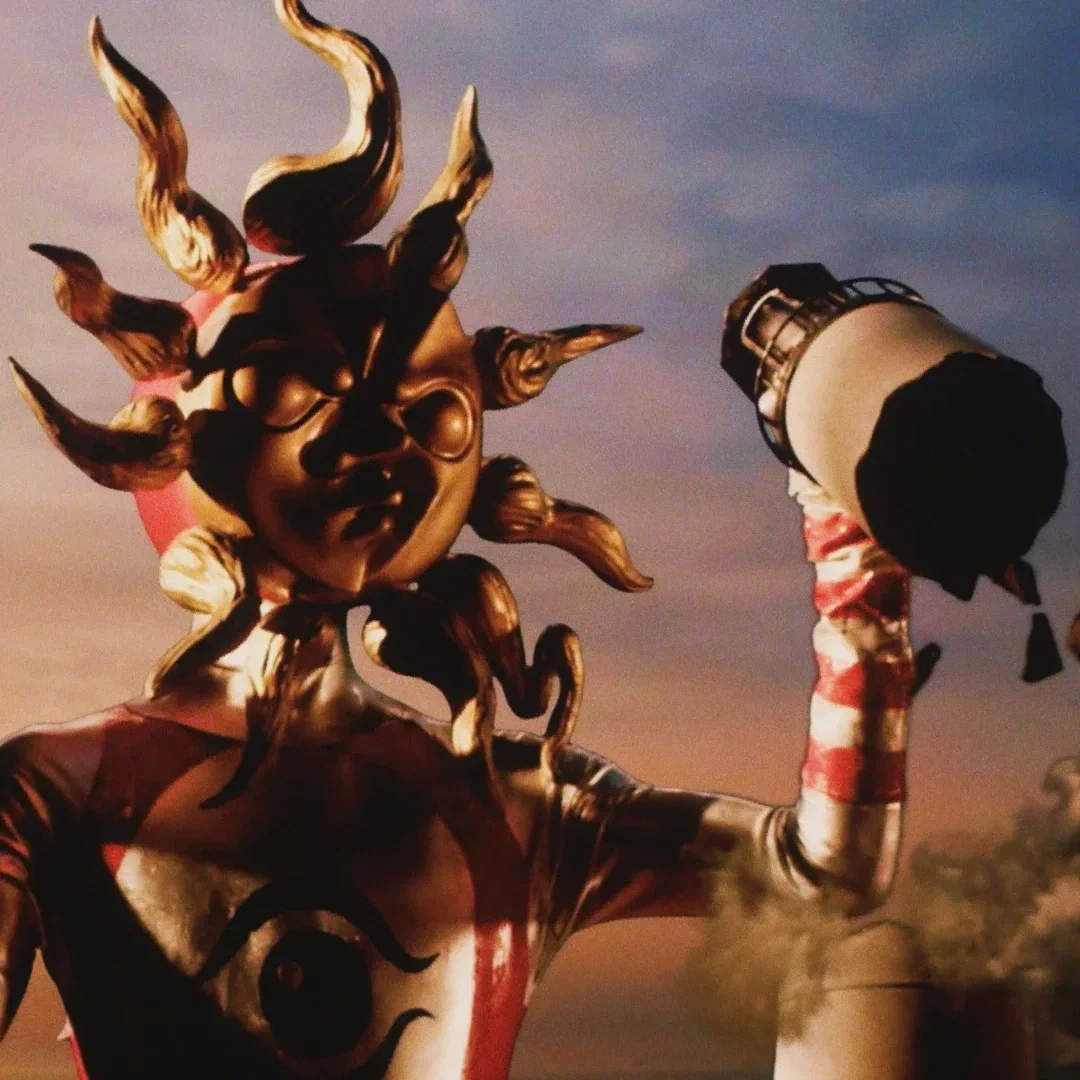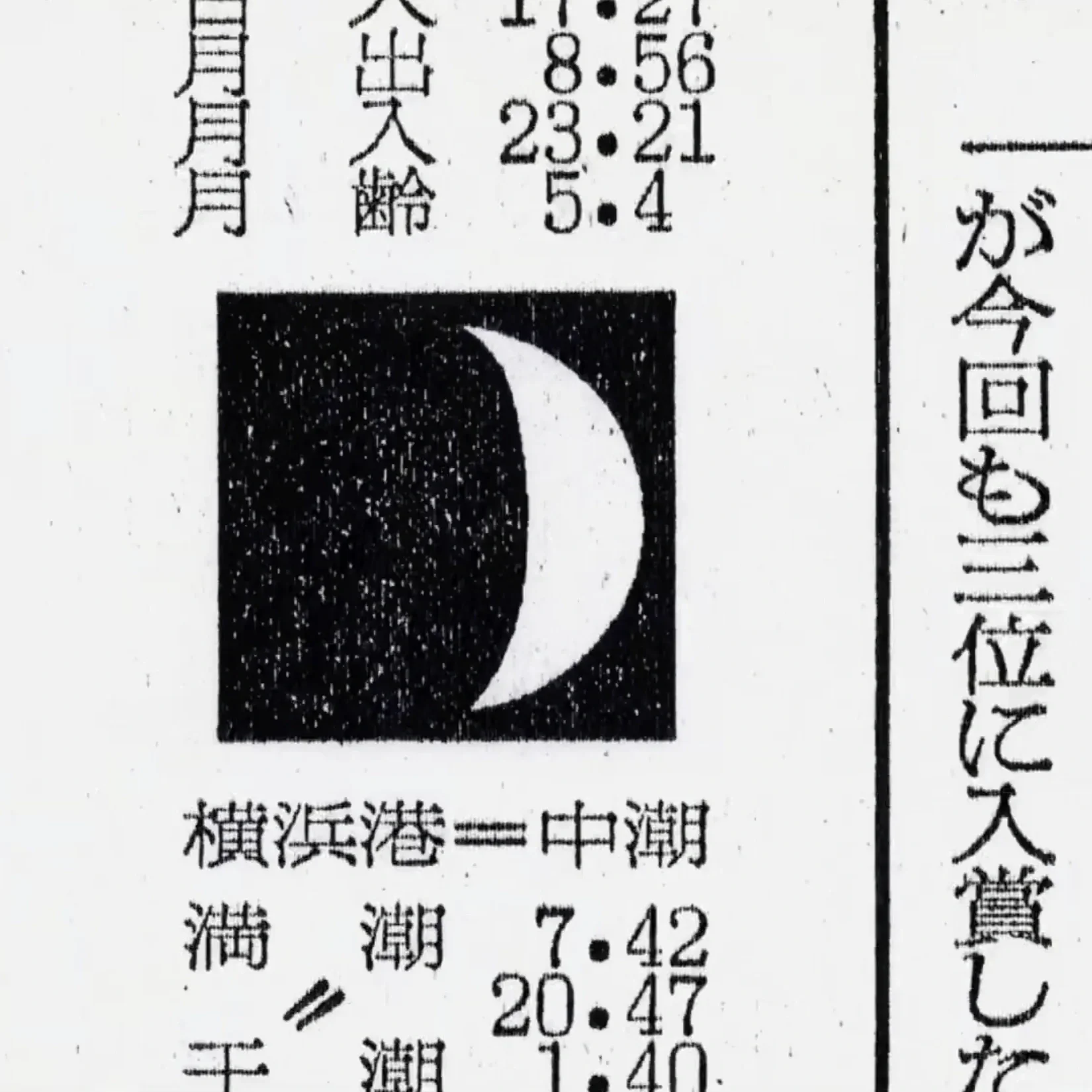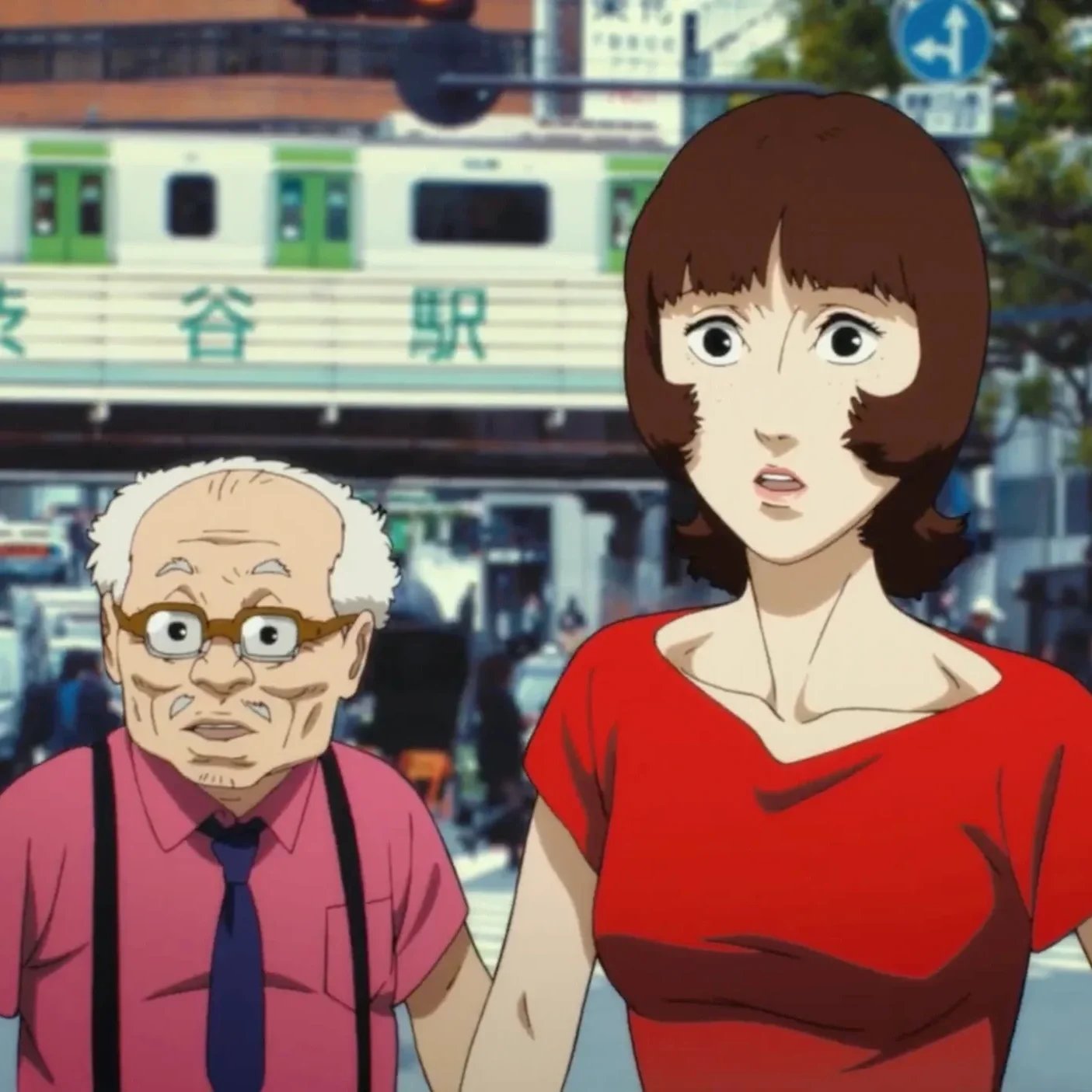The Secret Tunnel Between Satoshi Kon and Haruki Murakami’s Imaginary Worlds
Parallel realities reached by elevator, main characters embarking on a journey of self-discovery and adventures between dreams. If you are a bookworm, all of these may first bring Haruki Murakami to your mind. But if you are a movie or anime lover, this name would be Satoshi Kon. Despite being so different from each other, let's discover the journeys of the crowning kings of surrealism in two popular mediums.
Haruki Murakami - Weaving the Surreal into the Mundane
Haruki Murakami, who has written more than 30 works throughout his 44-year and still ongoing career, won the Gunzou Literary Award with his first novel, Hear the Wind Sing. This and most of his subsequent books generally have a similar course and tone.
Murakami's main characters are usually ordinary characters with niche tastes, like listening to jazz music. Except for Norwegian Wood there has always been a second reality (a fictional magical world) in his novels. The main character's discovery of this mysterious magical world can be by getting on the elevator in a hotel, following the sound of a bell coming from a cave, or climbing the emergency exit stairs on the highway.
Our character usually meets a woman he likes and who has a much more colorful/mysterious personality than him. They usually try to return from this magical world they entered together. However, this return is not just a physical escape. It is more about our character finding himself spiritually and cognitively or resolving a past trauma. In these unreal worlds, there are often magical characters or objects that show him that he has not yet returned and sometimes help him on this journey of discovery.
Haruki Murakami│© Casa Brutus
Things like the sheep man, little people, a second green moon, a commander who comes to life from a painting, a talking cat, or a pinball machine. All of them fulfill their functions in the stories as surreal images that emerged from Murakami's bizarre imagination.
His modern surrealism begins with the blurring of the boundaries between reality and imagination, consciousness and subconsciousness, and becomes a tool that serves the emotional and psychological development of the characters.
As we move from the pages of Murakami's novels to the animated frames of Kon's films, let's discover how Satoshi Kon crowns the realm of surrealism in his own unique medium.
Satoshi Kon - Animating the Boundaries of Reality
Satoshi Kon has had an innovative impact not only in the anime community but also in the film and screenplay fields worldwide. He began his career as a manga artist and made his debut in 1984 with Toriko. His work caught the attention of Katsuhiro Otomo, the creator of the legendary Akira anime, and he began working as his assistant, who would later play a major role in the formation of his unique style. While Kon's films flirted with the fine line between consciousness and subconscious, they impressed the audience with the magic of questioning not only as a philosophical point but also as a visual one.
In films like Perfect Blue, Paprika, and Millennium Actress, his characters often slip between dreams and reality. In Perfect Blue, a pop idol transitioning to acting loses her grip on reality, unable to distinguish her true self from her public persona. Paprika introduces a device that allows therapists to enter patients' dreams, leading to a collapse of boundaries between dreams and reality. And Millennium Actress intertwines the life of a retired actress with her film roles and memories, blending different eras and realities.
Still from Perfect Blue│© Madhouse
Kon's surreal narratives doubled their impact on viewers by blending them with his innovative visual storytelling techniques that would later be used by many other popular Western directors. His characters often existed in multiple layers of reality, reflecting their internal conflicts and fragmented identities, just like Murakami’s.
His films not only entertain but also invite us to reflect on the nature of reality, identity, and the subconscious mind. Through his visionary work, Satoshi Kon has left an enduring legacy that challenges and expands the possibilities of cinematic storytelling.
The Collusion of the Realms
We might ask at this point, did they directly influence one another, or was it all just a coincidence just by sharing familiar pasts? Research included reviewing Japanese interviews and articles to verify any direct connections between Murakami and Kon. Only one direct mention was found in a 2007 interview of Kon’s where he said, "I was also very inspired by Haruki Murakami's novels, which have been translated extensively."
Not only their works share profound thematic and stylistic similarities but also share similarities within their pasts, such as living in post-World War II Japan, and their works frequently feature urban settings, reflecting the complexities and alienation often found in city life. Both artists challenge conventional narratives by intertwining the real with the surreal. Engage deeply with themes of identity, reality, and the subconscious mind. Both have been significantly influenced by Western literature and cinema, integrating these elements into their works to create a unique fusion of Eastern and Western artistic styles, contributing to their global appeal.
They delve into the human psyche, using dreams and hallucinations as tools to explore deeper truths about their characters, which revolve around self-discovery, the nature of existence, and the complexities of human identity.
Despite the surreal elements, their stories emphasize human relationships and emotional connections as central to the human experience. And dreams play a significant role in their storytelling, serving as gateways to deeper truths and hidden aspects of the psyche.
Murakami's surrealism is conveyed through prose, relying on internal monologues and descriptive narratives to create surreal experiences. Kon, utilizing film and animation, employs visual and auditory elements to immerse the viewer directly into surreal environments.
Keep Dreaming
Haruki Murakami and Satoshi Kon, through their respective mediums, have significantly contributed to the landscape of surrealism in contemporary Japanese literature and film. While they share common themes and a penchant for blending realities, their unique approaches offer diverse perspectives on the surreal, solidifying their places as influential figures in their fields. Their works continue to inspire and provoke thought, transcending cultural and linguistic boundaries to resonate with a global audience.
And after all that, I can only imagine myself dreaming a story where the main male character gets lost in a dry cleaner and enters one of them after hearing a mysterious calling. Then he meets a popular and colorful yet so confused female pop idol. They help each other to discover themselves and return back to the real world as grown-minded and warm-hearted people.










When legendary anime creators combined forces to craft a stunning masterpiece.